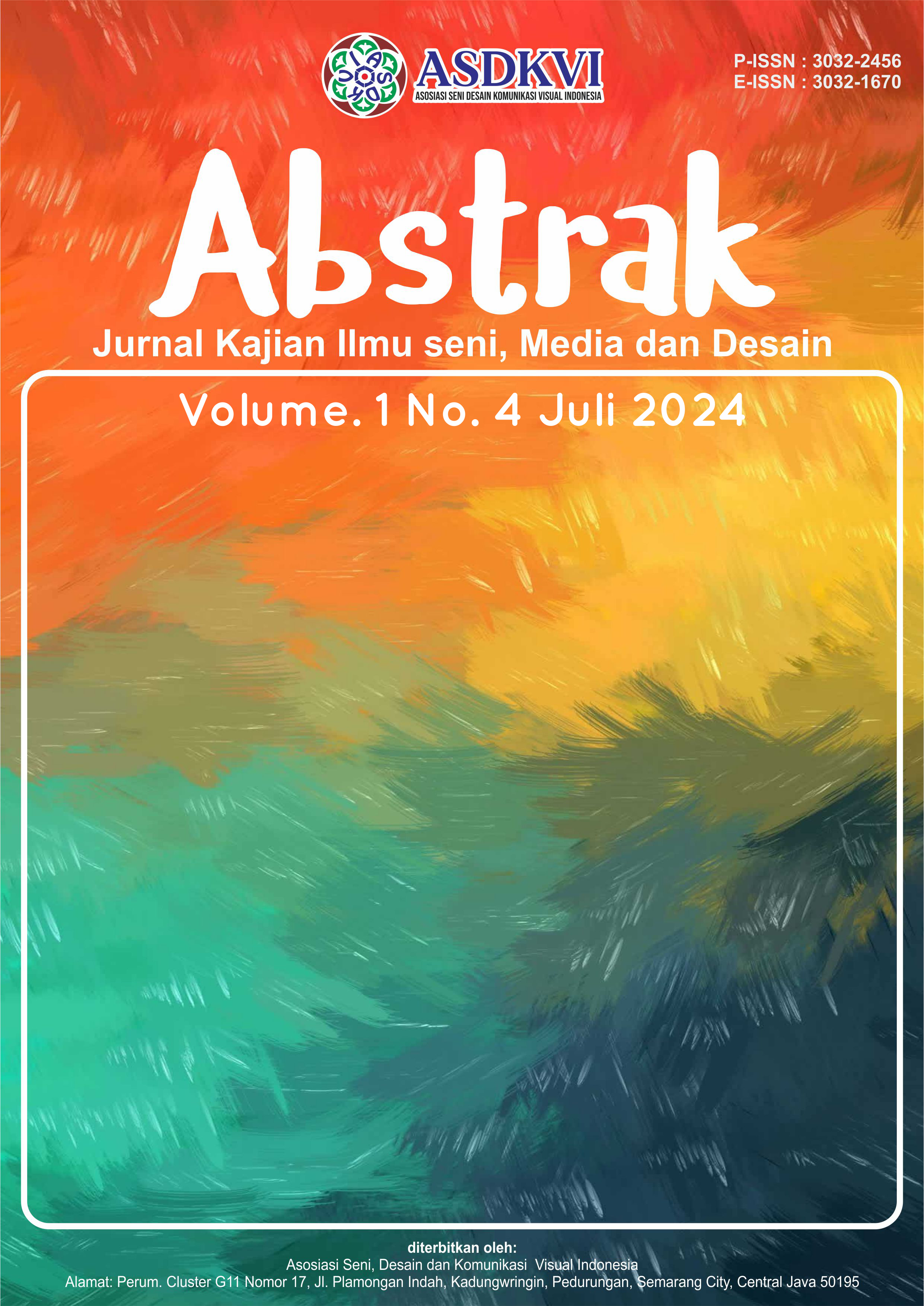Kajian Aspek-Aspek Perancangan Creative Hub di Kabupaten Asahan
DOI:
https://doi.org/10.62383/abstrak.v1i4.182Keywords:
Creative Industry, Creative Hub, Kab. AsahanAbstract
The Creative Industry in Indonesia has experienced significant growth. However, it faces challenges such as low quality of human resources and inadequate facility accessibilityThe Creative Industry in Indonesia has experienced significant growth. However, the challenges lie in the low quality of human resources and inadequate accessibility to facilities. One solution is to provide creative hub facilities as centers for collaboration, innovation, and the development of the creative industry business. This research aims to analyze the aspects of creative hub in enhancing creativity and the development of the creative industry business in Kabupaten Asahan. The method used in this research is a mixed-method approach, combining qualitative and quantitative methods, involving a comparative study of buildings with similar functions and a survey using questionnaires with 30 respondents, particularly those who have used creative hubs and the general population of Kabupaten Asahan. The results show that creative hub facilities in Kabupaten Asahan play a crucial role in enhancing creativity and the development of the creative industry business. Users tend to prefer facilities that support collaboration and innovation, as well as those that provide comfort such as prayer rooms and green open spaces. This emphasizes the potential of creative hubs as centers for developing creative potential and the creative industry business in the Kabupaten Asahan area.
References
BPS Kabupaten Asahan. (2023). BRS No. 01/03/1208/Th. XXIII. [Dokumen/ Publikasi]. Kabupaten Asahan: Badan Pusat Statistik Kabupaten Asahan.
BPS Kabupaten Asahan. (2023). Pertumbuhan Ekonomi Kabupaten Asahan Tahun 2022. [Laporan/ Publikasi]. Kabupaten Asahan: Badan Pusat Statistik Kabupaten Asahan.
BPS Provinsi Sumatera Utara . (2020). Jumlah Penduduk Menurut Kabupaten/Kota dan Agama yang Dianut Tahun 2020 . [Laporan/ Publikasi]. Provinsi Sumatera Utara : Badan Pusat Statistik Provinsi Sumatera Utara.
Dovey, J., Pratt, A., Moreton, S., Virani, T., Merkel, J., & Lansdowne, J. (2016). Creative hubs: Understanding the new economy.
Groat, L., & Wang, D. (2013). Architectural Research Methods (2nd ed.). John Wiley & Sons.
Hidayat ARRT, Asmara AY. Creative industry in supporting economy growth in Indonesia: Perspective of regional innovation system. Dalam: IOP Conference Series: Earth and Environmental Science. IOP Publishing; 2017. hlm. 012031.
Kementerian Pariwisata dan Ekonomi Kreatif. (2019). Potensi Industri Kreatif Indonesia 2019. Jakarta: Kementerian Pariwisata dan Ekonomi Kreatif
Low, L. (2017). Connecting Creative Communities: Creative Hubs in Malaysia, Thailand, Indonesia & the Philippines. creativeconomy. britishcouncil. org.
O’Hara, E., & Naik, D. (2021). Mapping Creative Hubs in England.
Pratt, A. C. (2021). Creative hubs: A critical evaluation. City, Culture and Society, 24, 100384.
Foord, J. (2009). Strategies for creative industries: an international review. Creative industries journal, 1(2), 91-113.
TCDC (Pusat Kreatif & Desain Thailand). (2017). TCDC Khon Kaen. Diambil dari https://www.tcdc.or.th/en/tcdc-khonkaen/about#contact
Abdel, H. (2020), Thailand Creative Design Center Khon Kaen / Architects 49 by Archdaily, Diambil dari https://www.archdaily.com/948218/thailand-creative-design-center-khon-kaen-architects-49
Lalueta, I. (2021), The Complex Look At The Past. Wuhan Creative Design Center By Office For Urban Renewal By Metalocus, Diambil dari https://www.metalocus.es/en/news/complex-look-past-wuhan-creative-design-center-office-urban-renewal
Downloads
Published
How to Cite
Issue
Section
License
Copyright (c) 2024 Abstrak : Jurnal Kajian Ilmu seni, Media dan Desain

This work is licensed under a Creative Commons Attribution-ShareAlike 4.0 International License.





